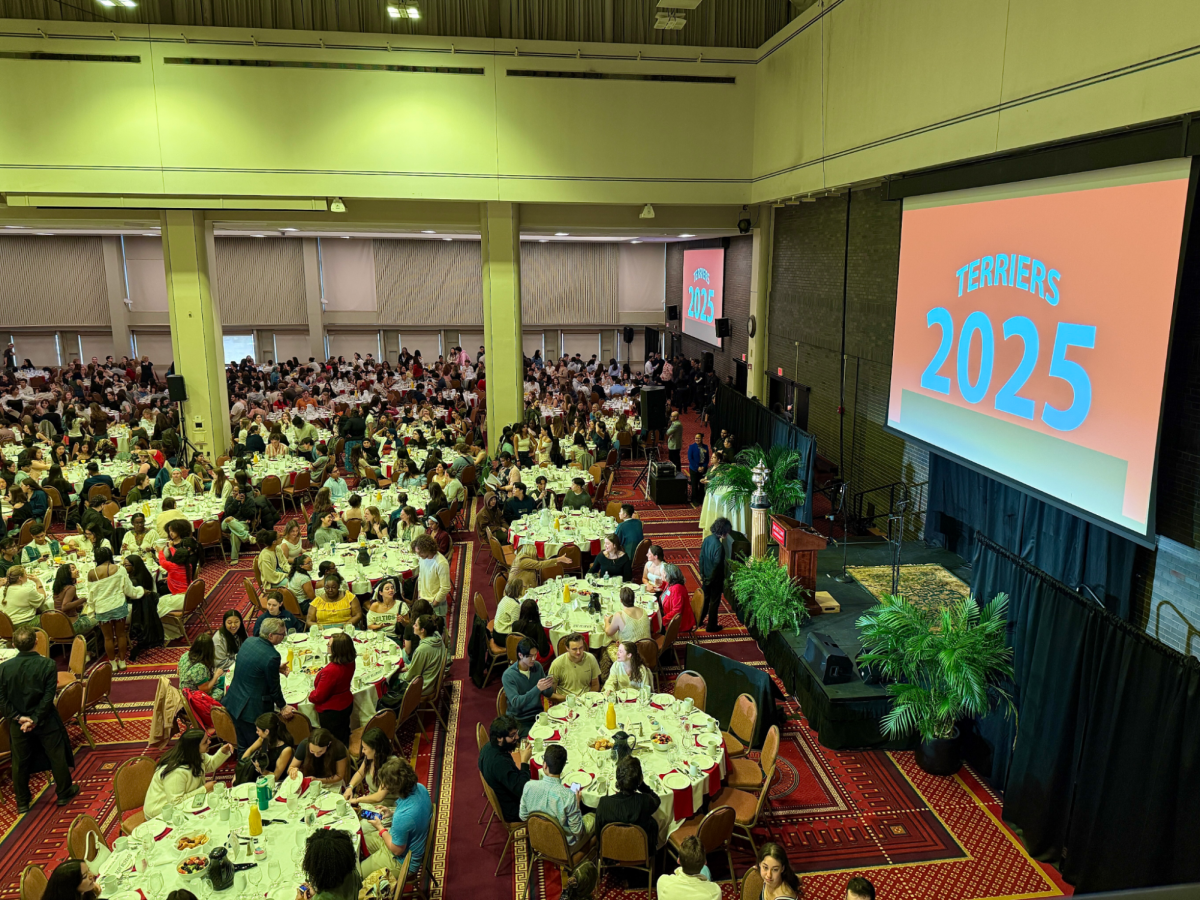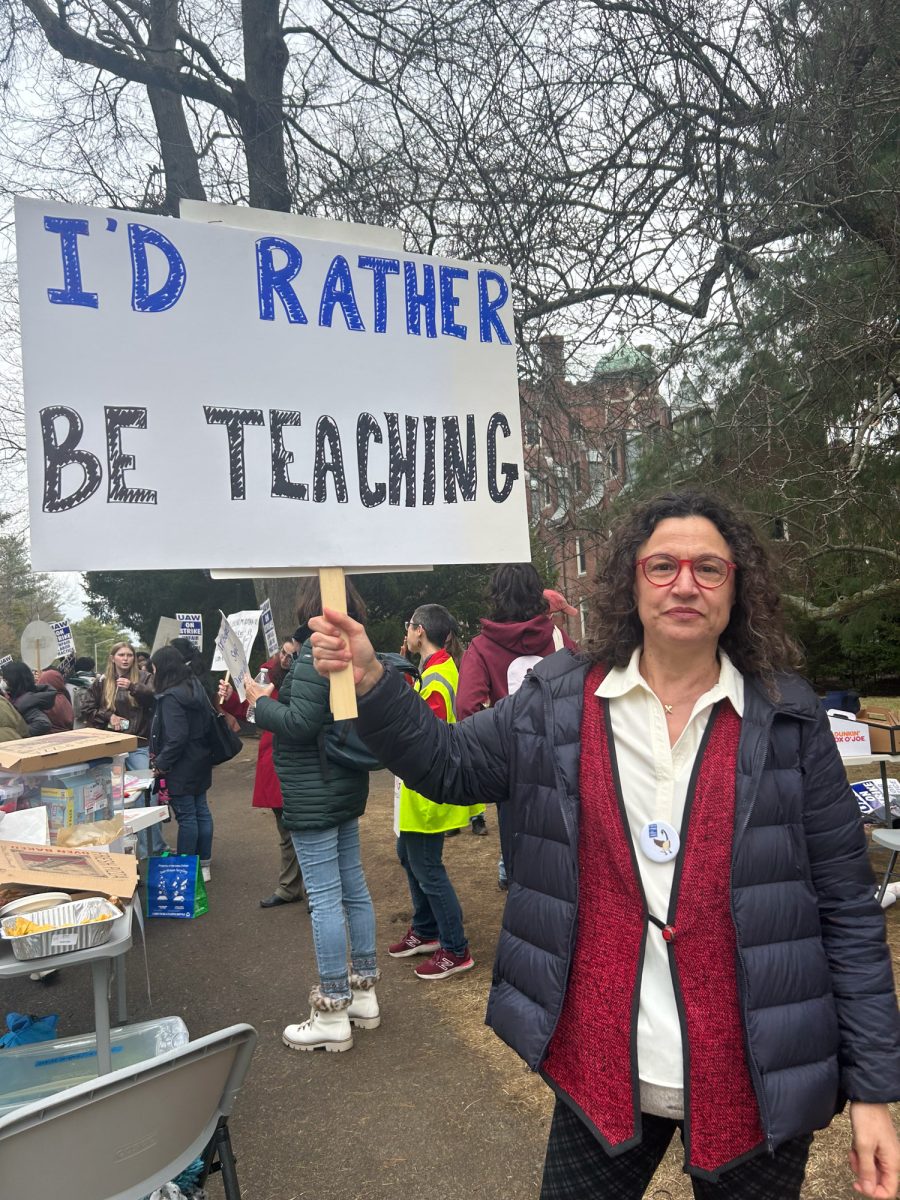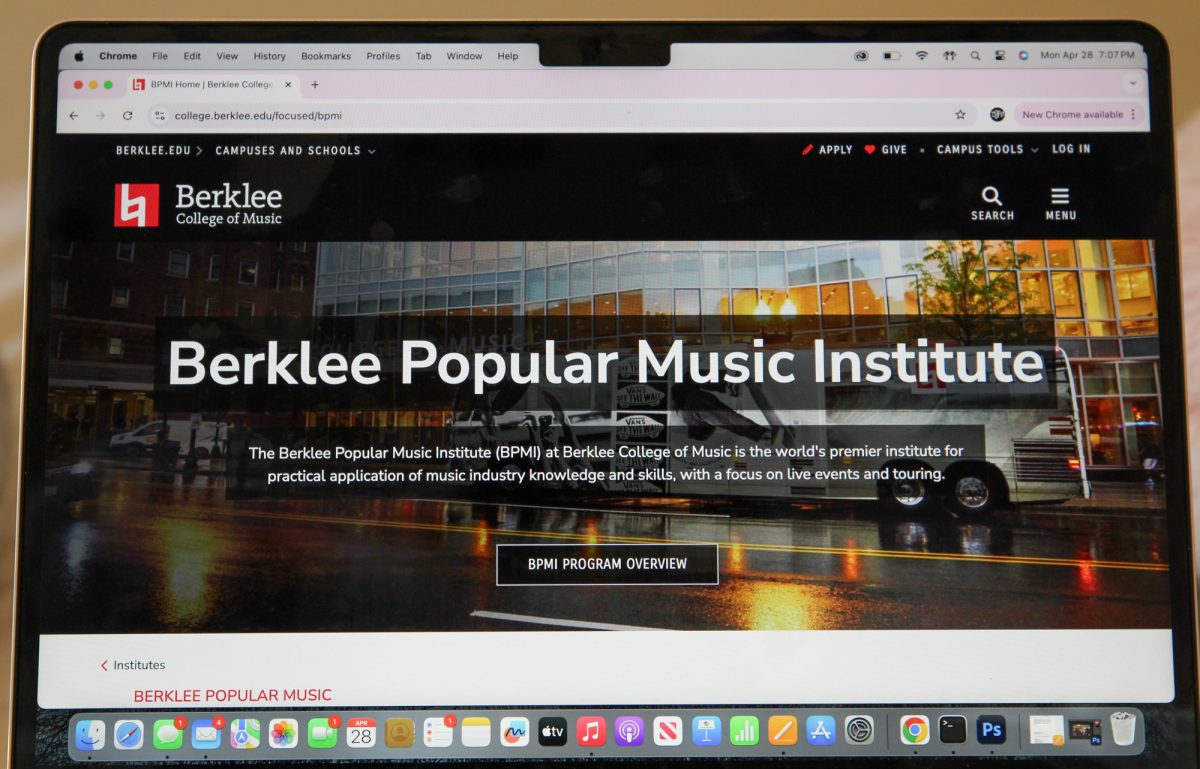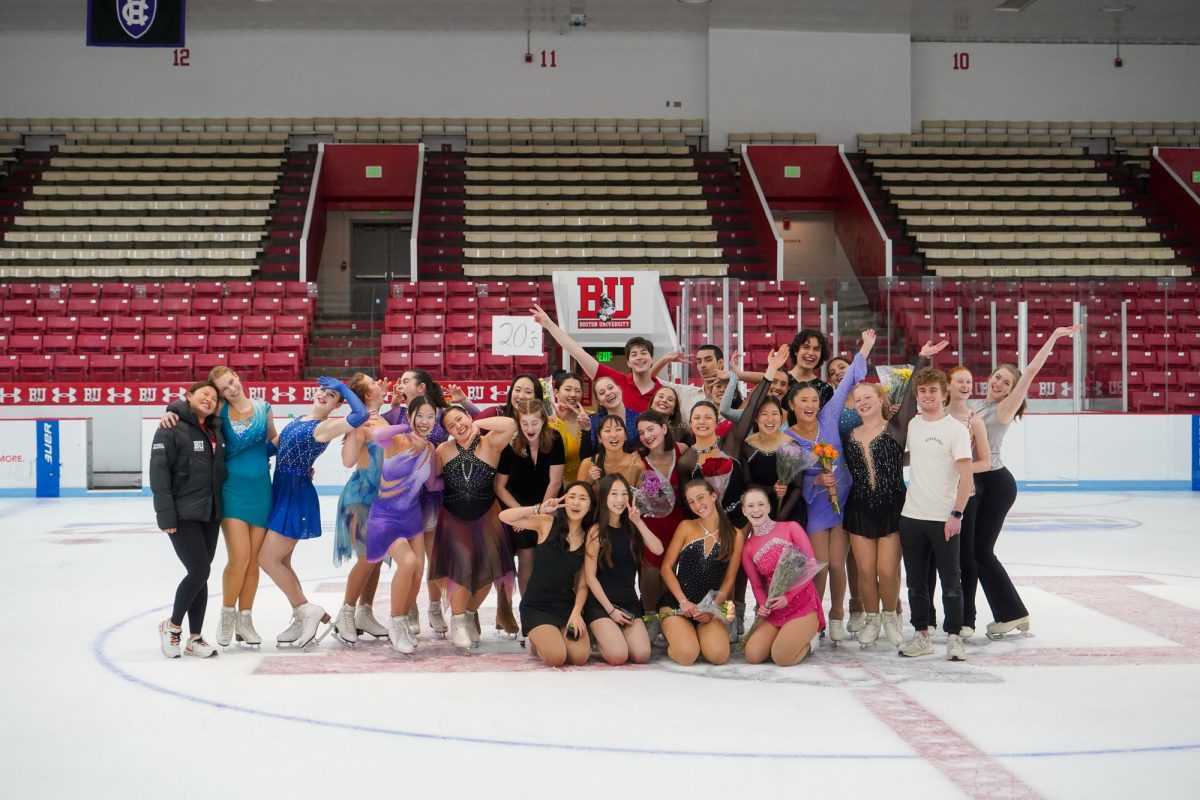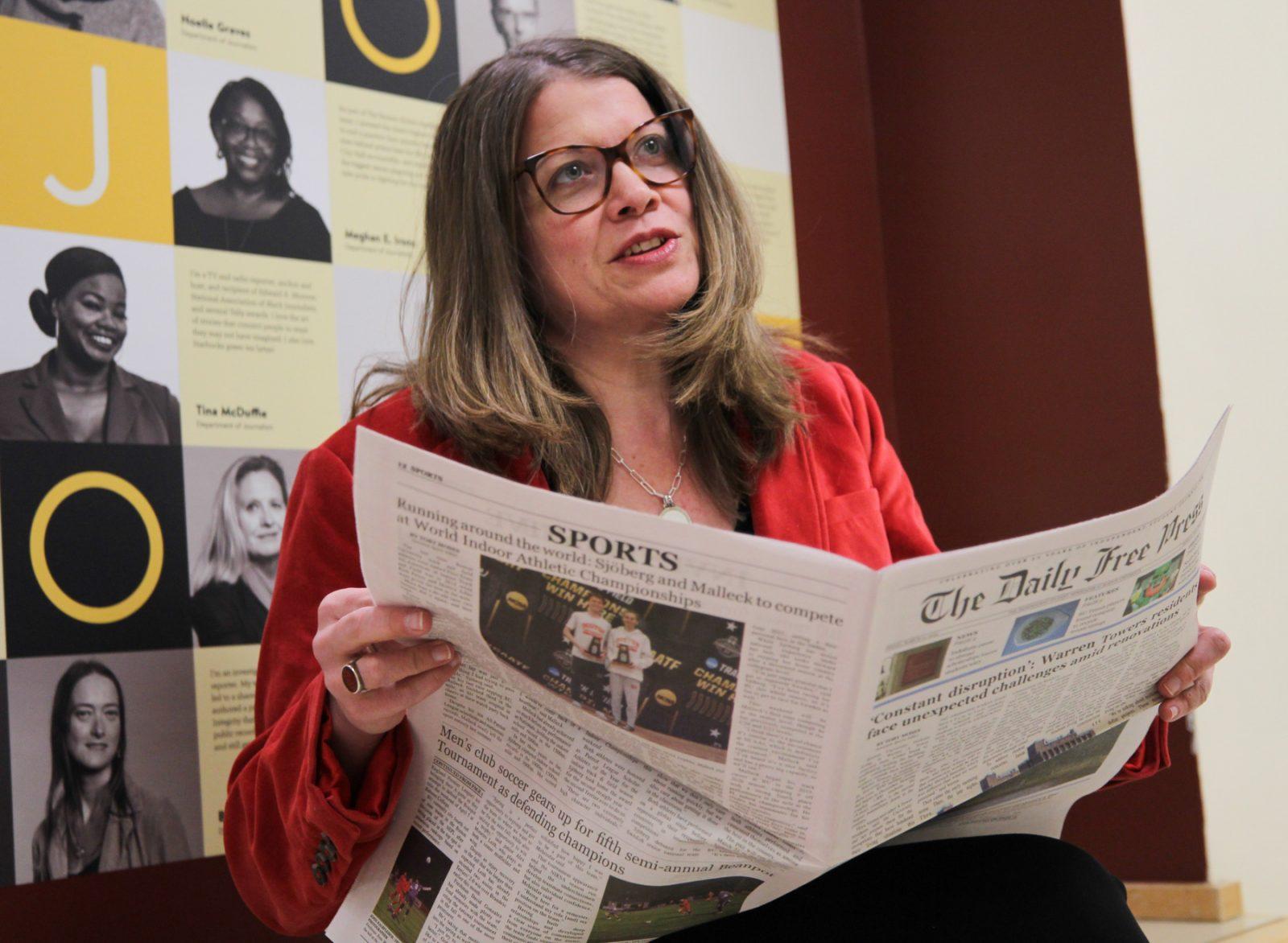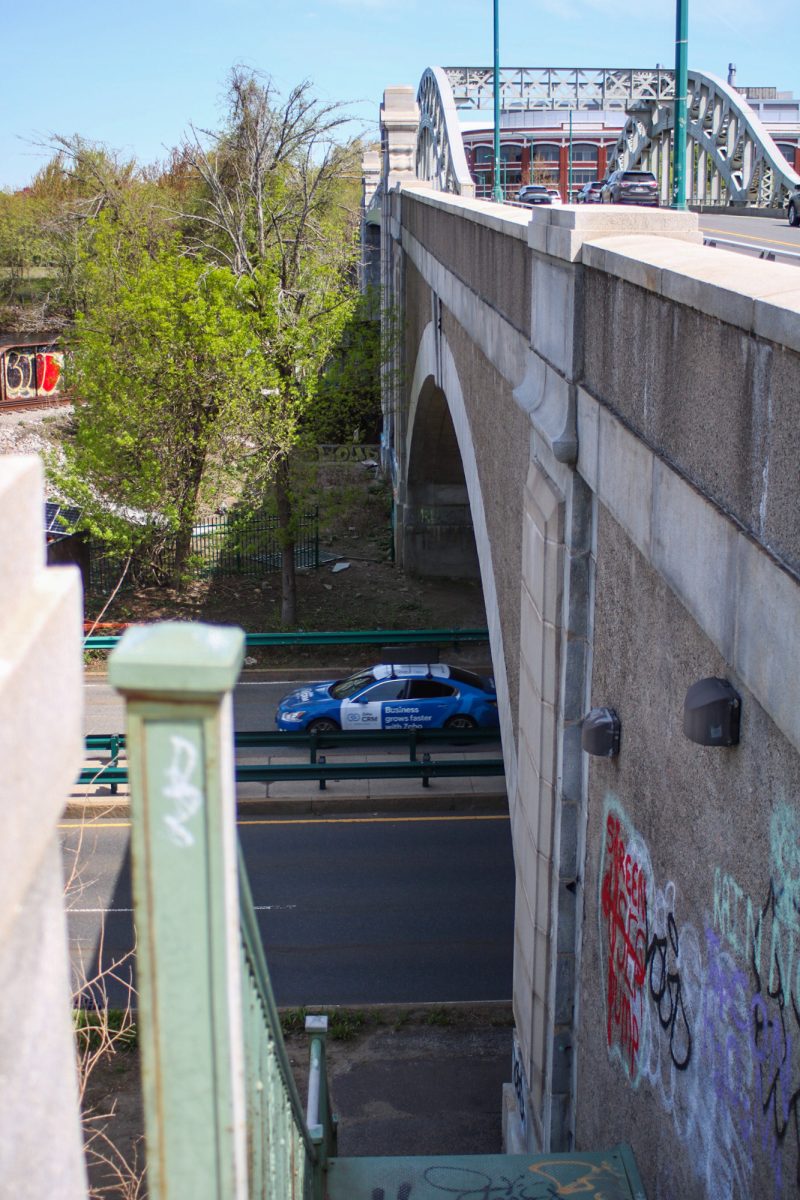
Local residents and officials gathered on Tuesday at Jackson Mann Community School and Council Inc. to discuss, among other large projects, the 110-acre project to rebuild the I-90 Allston Interchange.
The plans to change the current I-90 highway came as a result of the need to enhance city mobility and improve connectivity for Allston residents, according to the Massachusetts Department of Transportation’s website.
Representatives from several Allston-based organizations attended the meeting, including Allston Village Main Streets’ Executive Director Emma Walters.
“Allston is historically important and has been divided for quite some time,” Walters told The Daily Free Press before the meeting. “This is an opportunity to build additional connections and to ease traffic congestion.”
Walters said the structure of the Mass Pike must be changed to accommodate the changing neighborhood.
“Anyone trying to get off the Mass Pike takes these ridiculously lengthy streets,” Walters said. “The neighborhood is continually growing, so how do we support that?”
Mark Ciommo, the Boston City Council representative for Allston-Brighton, said the construction is relevant to everyone in the community.
“There has been enormous effort in trying to get local residents rallied and getting their voices heard,” Ciommo said during the meeting. “The construction should matter to everybody because it affects everybody.”
A task force made up of residents from the Allston-Brighton area gave a presentation during the meeting. Each representative spoke about community visions and goals they wanted to see achieved in the project.
Tad Read, the senior deputy director for strategic planning at the Boston Planning and Development Agency, said during the meeting that a study to evaluate the proposed I-90 infrastructure plans was funded and suggested by MassDOT.
“The study is not really a plan, but rather a critique of the I-90 design and how it affects the neighborhoods if we are to change it,” Reed said. “We don’t want the new design to preclude a good and well-designed neighborhood.”
One of the biggest projects mentioned during the meeting is the building of a West Station commuter rail stop, which will allow for an urban interchange system and has been confirmed for construction. It will be constructed as part of a project to straighten the Mass Pike, allowing much of the land surrounding it to be redeveloped, according to Bob Sloane, the senior project manager for Walk Boston.
Sloan said in his presentation that he hopes West Station will be built before other bridge constructions because it would mean both smoother commutes for residents while other projects are under construction and a faster build.
Several citizens present at the meeting, such as Frederick Salvucci, 76, of Brighton, expressed slight concern about how the changes will be implemented.
“It is extremely important that West Station is built with two tracks going across the green junction and under the [Boston University] Bridge,” Salvucci said after the event. “The city will keep growing, which is good, but we need something to support that outgrowth of cars and people.”
Jessica Robertson, 33, of Allston, said dispersing traffic is of the utmost importance.
“If we are going to have more traffic, we should have alternatives other than driving,” Robertson said. “Instead of having a certain number of streets that are eight lanes wide, we build more and smaller streets that can help distribute traffic.”
Galen Mook, 32, of Allston, said pedestrian biking safety is a major issue.
“It is dangerous out there for biking, we have had fatalities in our area,” Mook said. “People are dying because they are being hit in conflict with traffic. We need to solve this problem and this project affords us this opportunity.”

